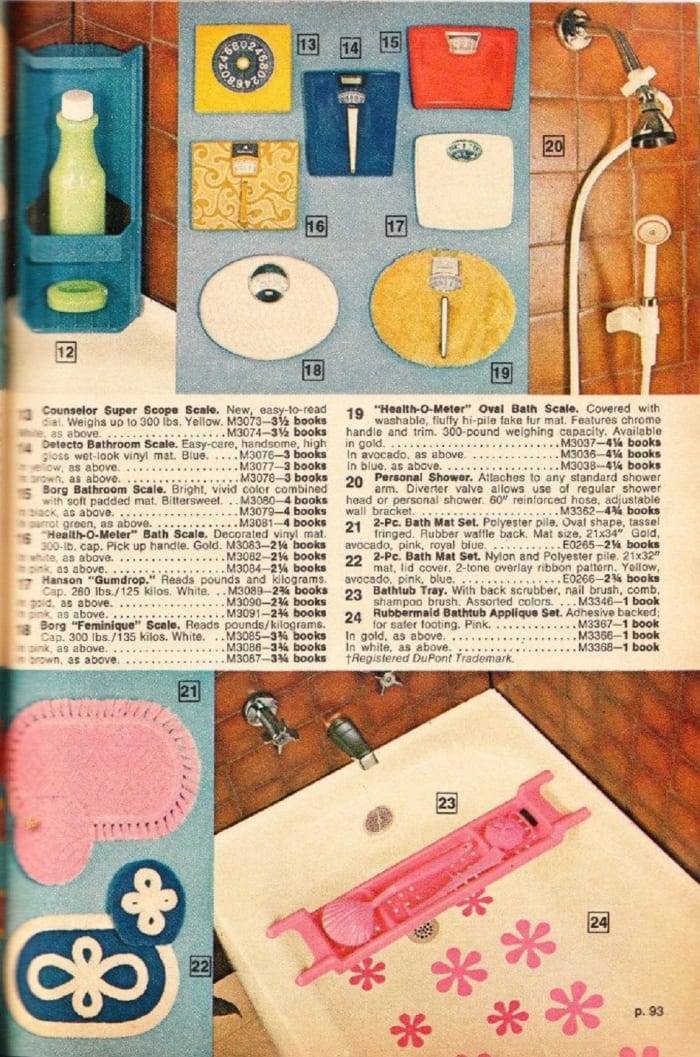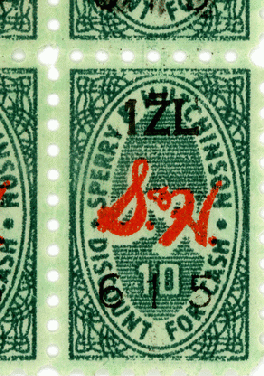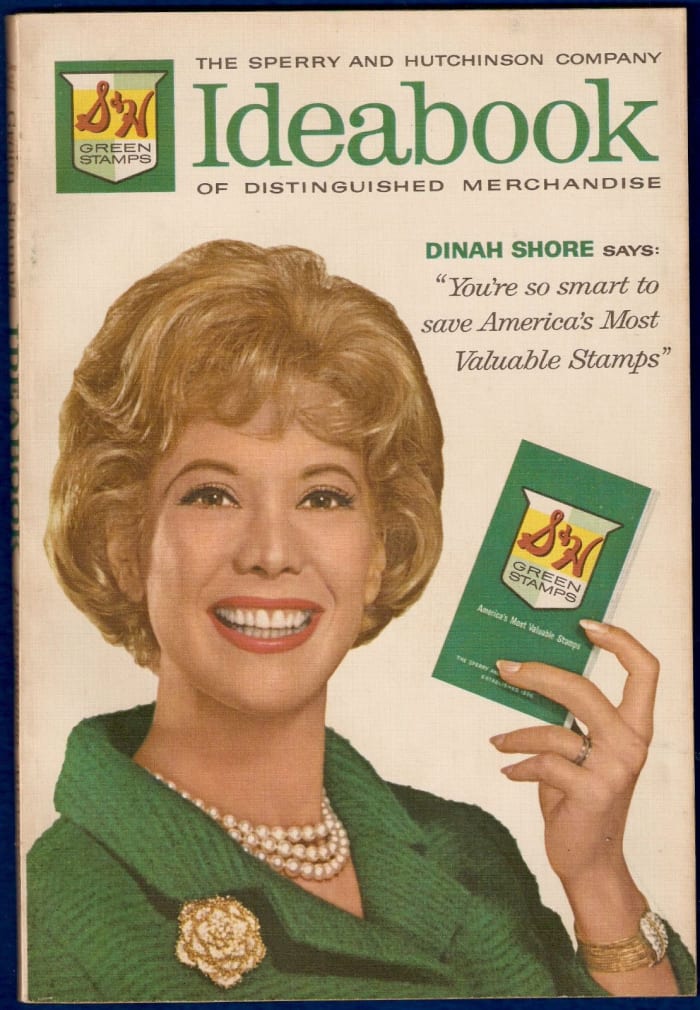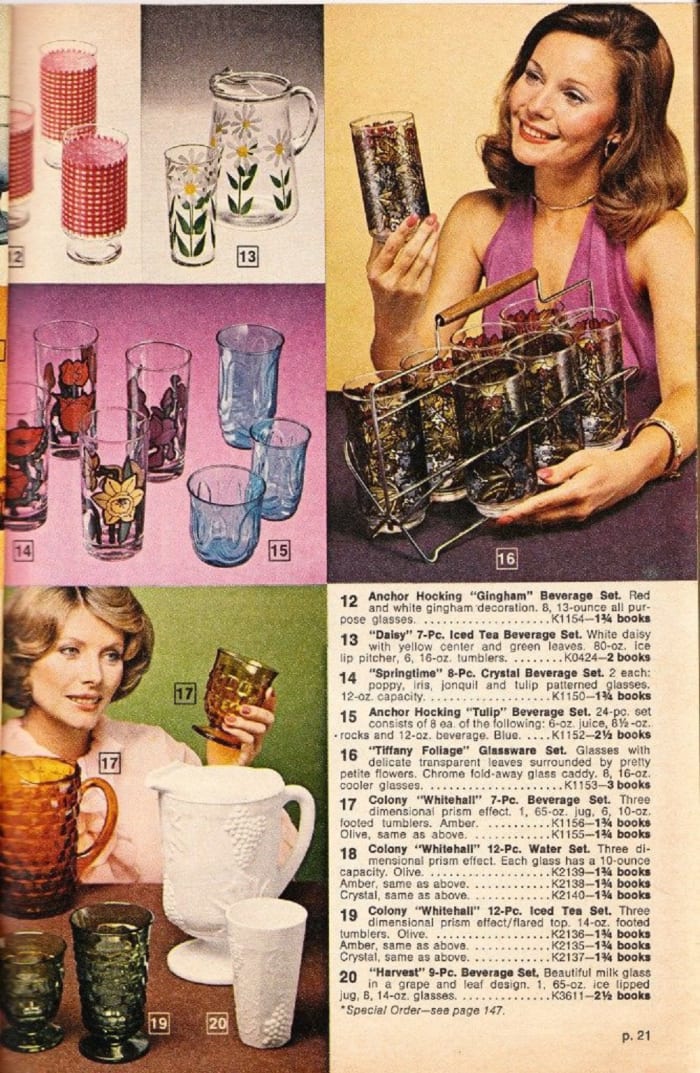I remember going to the grocery store with my grandmother during the 1950s. I was most likely around 11 or so years old. My job on those occasions was to carry the bulk of the groceries home. As the A&P store clerk finished ringing up the groceries on the register, she would say something along these lines: “That will be $39.20, please.”
My grandmother would hand her $40 in ten-dollar denominations. My Nana would never deal in twenty-dollar bills; she firmly believed that many were counterfeit — and she wanted no part of being caught up in a counterfeit ring. The A&P cashier placed the change from the four tens into my grandmother’s upturned palm: eighty cents, along with her S&H Green Stamps. Oh yes, those green stamps. I remember them well. When we returned home, she would go to the top drawer of the hutch in the dining room, pull out the S&H booklets, lick each stamp and paste it onto the page.
“S&H” symbolizes the Sperry & Hutchinson Co, which Thomas Sperry and Shelley Byron Hutchinson established in 1896. S&H Green Stamps became the most popular trading stamps across the United States. They were found in many households from the 1930s to the 1980s, but it was during the 1960s and ’70s that these stamps reached their peak.
According to Greg Hatala’s 2017 article, “Made in Jersey: S&H Green Stamps – in the sixties, Americans were stuck on them,” at the New Jersey-based website, nj.com, S&H was printing three times as many stamps as the U.S. Postal Service at the height of their popularity – and the rewards catalog was among the leading single publications in the country. According to Hatala, nearly 80 percent of American households collected Green Stamps during the 1960s and 1970s. These little green postage-like stamps were dispensed by several retailers to reward shoppers for their loyalty and draw new customers into the stores.

An S&H newspaper ad from the Arizona Republican, April 27, 1910.
Courtesy of the Library of Congress
After the adhesive-backed stamps were collected into booklets, the booklets were then exchanged for “rewards” ordered from S&H catalogs that offered everything from china and linens to sporting goods and furniture and more.
The stamps had an actual cash value: if you brought in 1,000 stamps, S&H would cheerfully hand you $1.67. But no one cared about the stamps’ cash value when catalogs offered tempting merchandise like clock radios and Corningware.

Perfect for Mother’s Day: Fill in all 50 squares with your stamps in this 1975 booklet and you could get a pretty necklace for mom.
Courtesy of Sperry & Hutchinson
Grocery stores, gasoline stations and other retail establishments purchased the stamps from S&H and then presented them as bonuses to shoppers. The number of stamps given a customer hinged on the dollar amount of the transaction.
The perforated stamps came in values of one, ten, and fifty points. As shoppers accrued the stamps, they pasted them in their S&H booklets. Each booklet included 24 pages and it required 50 points to fill a page, so each filled booklet totaled 1,200 points. Shoppers would swap their full booklets for premiums — redeeming them from the local Green Stamps store or the catalog. Items from the catalog were given a value based on the number of filled stamp books needed to acquire it.
In 1966, Pennsylvania school children even collected enough stamps — 5.4 million — for a pair of gorillas: one went to the Pittsburgh Zoo in Highland Park, while the other one, a female named Samantha, went to Glenwood Park Zoo in Erie to serve as a mate for their male gorilla, Lonesome George.
Recessions during the 1970s decreased sales of green stamps, and the value of the rewards fell off rather substantially, requiring either far more stamps to get a worthwhile item or spending money for an item that was barely discounted from the price at regular stores. This created a general downward spiral, as fewer and fewer people saw them as worth the trouble.

Bathroom accessories: note the hi-pile fake-fur mat that could be yours for 4-1/2 books.
Courtesy of Sperry & Hutchinson

Swank accessories for men and tobacco items were a hit in the 1970s.
Courtesy of Sperry & Hutchinson
S&H also operated in Europe. During the early 1960s, it initiated S&H Pink Stamps in the United Kingdom, as the company’s green-stamp logo was trademarked in 1958 by Richard Tompkins’s Green Shield Trading Stamp Company.
Andy Warhol even got into the act showcasing S&H Green Stamps. His lifelong attraction with ready-made, reproducible imagery is expressed in creating his S&H painting. According to The Museum of Modern Art in New York: “Warhol hand stamped an image of an S&H Green Stamp trading coupon in three successive layers (light green, dark green, and red) using silkscreen ink. This labor-intensive three-step stamping process mimicked the more efficient process of screen-printing, which Warhol would employ in the months to follow.”
S&H green stamps could never have a place in our debt-oriented society. Who today would save to buy something as ordinary as a set of glass tumblers? Nowadays you can just run to Target or Walmart to pick-up a set of glasses, a bathroom scale, a bath mat or whatever else you want.

eBay seller mrneverending offered four stamp books for sale at $12 each.
Courtesy of mrneverending offers via eBay
S&H Green Stamps may be obsolete in today’s everyday consumer life, but they have found new life with collectors. Online sellers at Etsy and eBay offer a variety of S&H memorabilia, from the stamps themselves to booklets and Ideabook catalogs. Items recently being offered included books full of stamps starting at 99 cents and up to $199, metal signs from $16 to $895, and a rare S & H Green Stamps dispensing machine made by Roto-Stamp for $725. The_Museum_Outlet at artfire.com is also selling 24-inch by 32-inch reproductions of Warhol’s S&H Green Stamps canvas print for $69.15 and 60-inch by 80-inch reproductions for $238.















